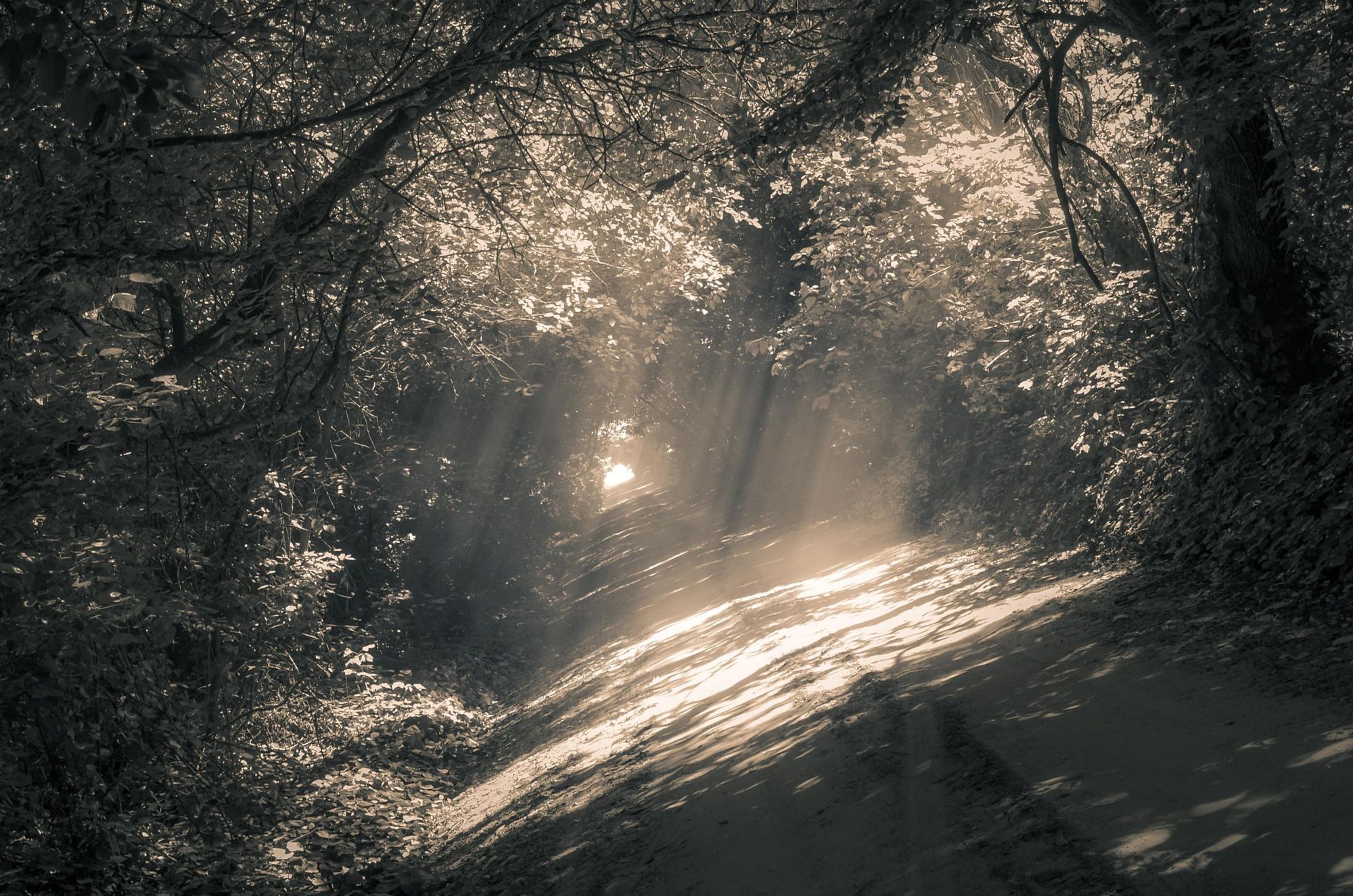Dutch Angle – What Is It and How to Use It
Rent film gear from local filmmakers.

Rent film gear from local filmmakers.
How do you tell your viewers that something is... off? To show rather than tell, you can turn to the Dutch angle. In this article, I'll define this filmmaking technique and explain the method. Then to wrap up, I'll give you a few examples.
What is the Dutch angle?

The Dutch angle is a camera shot that involves a noticeable tilt compared to the horizon.
It's also often referred to as a Dutch tilt, canted angle, oblique angle, or German angle.
This shot creates a feeling of uneasiness or disorientation in the viewer. It can portray a character's confusion, fear, or descent into madness.
Did you know? Dutch angles actually originate from Germany. It's theorized that the term comes from the mistranslation of the word "Deutsch".
How is a Dutch angle shot?

Dutch angles are usually recorded by rotating the camera relative to the horizon.
Traditionally, the shot is stationary, but you can easily create a moving Dutch angle shot by setting the camera on a dolly or simply panning or tracking your subject.
Famous uses
The Dutch angle was frequently used for dark themes by the German Expressionists in the 1920s and in Film Noir.
The most famous user of the Dutch angle is Alfred Hitchcock, who made extensive use of it in his early career. Examples include Strangers on a Train (1951) and The Man Who Knew Too Much (1956).
It frequently makes appearances in horrors, thrillers, and dramas. The Dutch angle has slowly become less popular, now rarely making appearances in modern films.
Other prominent examples include:
- Orson Wells' Citizen Kane (1941),
- Tim Burton's Edward Scissorhands (1990),
- Brian De Palma's Mission: Impossible (1996),
- Terry Gilliam's Fear and Loathing in Las Vegas (1998),
- Christopher Nolan's Batman Begins (2005) and Inception (2010),
- Danny Boyle and Leveleen Tandan's Slumdog Millionaire (2008),
- Quentin Tarantino's Inglourious Basterds (2009),
- David Yates' Harry Potter And The Deathly Hallows: Part 2 (2011).
Dutch angles are also featured in horror video games, like "Resident Evil" and "Silent Hill". They serve the same purpose there as in cinematography, subconsciously creating unease in players.
How you can use the dutch angle

How can you use the Dutch angle in your next production?
Like every other shot, this one should be used with intention and with a purpose too. Overusing the Dutch angle is very noticeable and might irritate or bore your viewers.
Identify what moments in your script could use more tension or foreshadow danger, and use the shot sparingly.
This angle also loses its effect when used too much. For it to work, it needs to be set off by the contrast between regular shots. Check out Camera Angles 101 to learn more about different shots and their purpose.
If you're trying to create tension or get the audience in the same mindset as your characters, this angle can be a great option. Be mindful that it hasn't been frequently used in modern filmmaking, so it might be unfamiliar to some viewers.
Consider that the tilt degree will also affect how the viewers feel. The larger the tilt, the more unsettling or wrong your shot will feel.
Closing thoughts

Now you're familiar with Dutch angles and their use. Take this knowledge and use it in your next production!
Learn more about filmmaking or dive into different shots and angles. Or get started right away with our shot list template.
Happy filming!
What is a Dutch angle for?
The purpose of the Dutch angle is to create a feeling of tension and uneasiness in the viewer.
Why do they call it a Dutch angle?
The Dutch angle likely got its name from the mistranslation of the word Deutch, referring to the shot's German origin.
Are Dutch angles bad?
Dutch angles aren't objectively bad, but they're often over- or misused. When used the right way, they can be a helpful filmmaking technique.





















